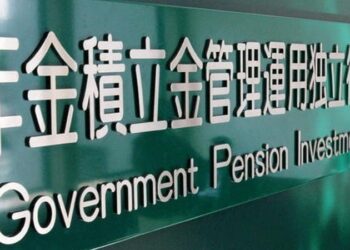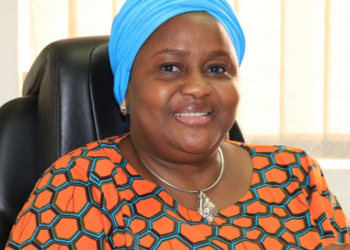The scandalous crisis that has engulfed South Africa’s pension industry seems to be presenting pension fund managers all over Africa with case studies in pension fund management or mismanagement. South Africa’s over 1.2 million government workers are reeling from the disturbing revelation that the company that manages their $150 billion pension fund may have made some costly mistakes in how and where the billions were invested.
Discoveries and information, following some public hearings, are pointing to how the Public Investment Corp which manages the pension funds of most of South Africa’s government workers allocated the pension fund assets. One disturbing event exposed during a recent public hearing was that the Public Investment Corp, PIC, which invests on behalf of the Government Employees Pension Fund, has a very high exposure to South Africa’s Eskom Holdings SOC Limited because the Public Investment Corp owns about 20% of all the outstanding bonds of Eskom in addition to its holding of 20% of South African-listed bonds and inflation-linked debt.
The effect of the high exposure to Eskom is made more dangerous when viewed against the backdrop that the company, Eskom has been struggling with power station outages as well as the repayment or servicing of 419 billion rand or about $30 billion in debt.
The head of corporate affairs of PIC, Dean Botha, has however, noted that there is no cause for alarm for the government bonds as they remain solid. According to him, PIC’s “investments in government-issued bonds and state-owned entities have been made in line with clients’ mandates and that large portions of these are government-guaranteed”.
He hinted further that “both the government and state-owned entities have been honouring their debt to the PIC.” While that assertion may seem enough to calm the nerves of pension fund investors in South Africa, further revelations at the public hearings indicate that it is not yet Uhuru for those pension fund investors. According to the revelations, some of the investments made by PIC were either not arm’s length transactions or they were done at prices that were detrimental to the pension funds involved.
In the words of Asief Mohamed, chief investment officer at Cape Town-based Aeon Investment Management,
“It looks like the PIC overpaid for assets and it seems this has been going on for a long time.”
Some of the seeming mistakes the Public Investment Corp might have made was the purchase of the shares of Ayo Technology Solutions Ltd as well as the botched plan to invest in the initial public offering, IPO, of Sagarmatha Technologies, companies that have come to be known to be linked to friends of the ex-chief executive officer of PIC. The scandals that have plagued the Pension Investment Corp has led to ‘mass’ resignations after at least 9 of its top officials resigned with many more on suspension.
Lessons Learned
Though it is not obvious how transparent the Pension Investment Institute was or had been with its regulatory or statutory reporting, it is quite clear that transparency is key to making sure that pension fund assets are invested or allocated in accordance with laid down rules.
Another lesson learnt is that pension funds should be constrained or restricted from investing in volatile, risky and hard to value asset classes.
In addition, they should not be allowed to invest in illiquid or non-stock market quoted securities. By so doing, the determination of the prices or valuation of transactions will be based on market conditions rather than on models that are in turn based on assumptions that may not be realistic.
Initial Public Offerings, IPOs, generally, and those of technology companies are usually very profitable but they are also very volatile and may not be suitable for pension funds. If pension funds should purchase IPO shares, they should do their home work well and invest sparingly into such large upside potentials and high downside risk.




















